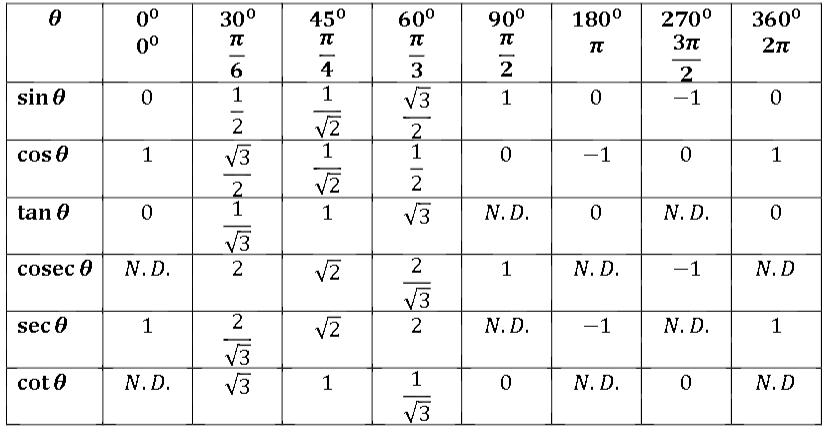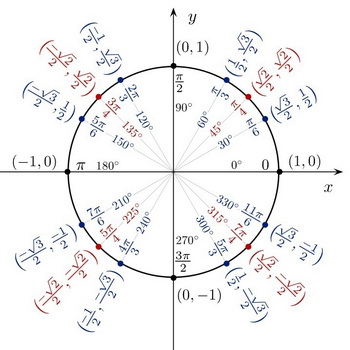How do you solve #cosxtanx=1/2#?
2 Answers
Explanation:
Divide by cos x, under condition
or x diff. to
Use trig table of special arcs and unit circle
General answers:
Explanation:
Using the trigonometric identity,
this question can be written as

Note: 'N.D.' means Not Defined. For example,
As you can see in this table, we get the value of

This is called a 'Unit Circle'.
The values in brackets are (
To get the second value of
Also note, here
Check out this video for more understanding:
Intro to Arcsin


